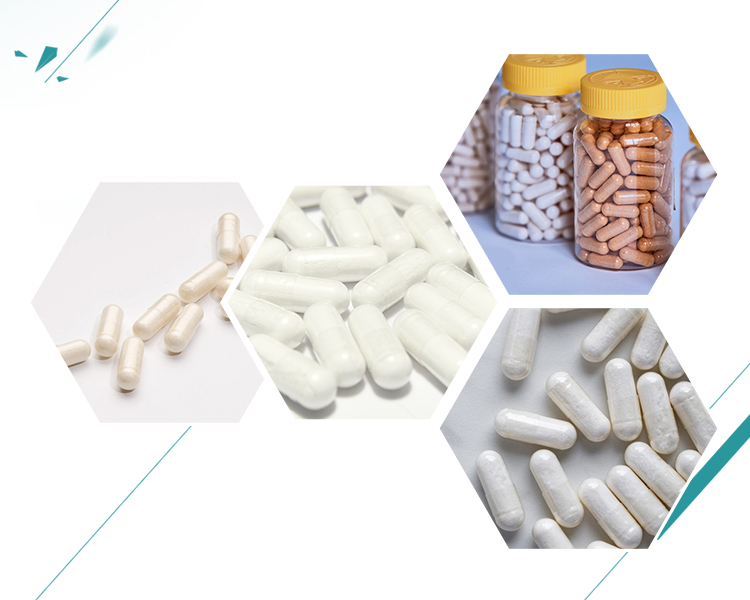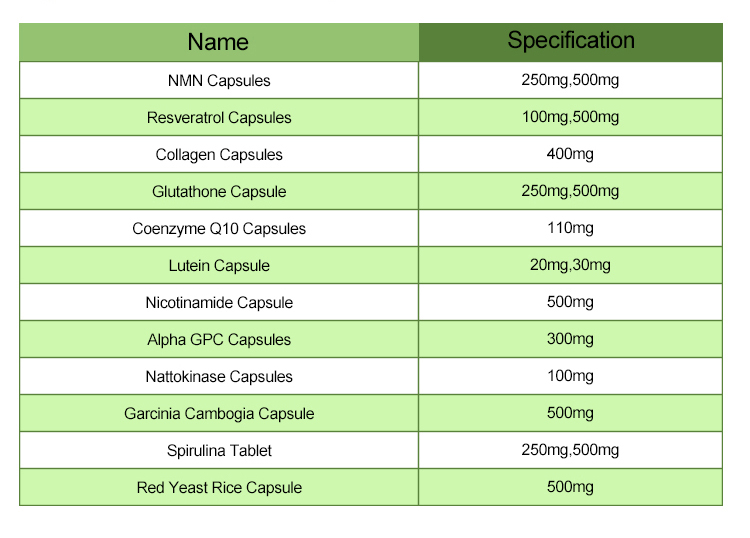Creating marine collagen capsules involves several steps, including sourcing the collagen, processing it into a suitable form, encapsulating it, and ensuring quality control. Here’s a general outline of the materials and methods involved:
Materials of Marine Collagen Capsules:
Marine Collagen: Typically sourced from fish scales or skin, this is the primary ingredient.
Capsule Shells: These are usually made from gelatin or a vegetarian alternative such as cellulose.
Fillers and Excipients: These might include ingredients like silica or magnesium stearate, which help with the encapsulation process.
Equipment: This includes mixing equipment, encapsulation machines, drying apparatus, and packaging materials.

Methods of Marine Collagen Capsules:
1.Sourcing and Processing Marine Collagen:
Sourcing: Obtain marine collagen from sustainable and quality-certified sources.
Cleaning and Preparation: Remove impurities and ensure the collagen is in a suitable form for processing.
2.Formulation:
Determining Dosage: Decide on the appropriate amount of marine collagen per capsule.
Mixing: Blend the marine collagen with any fillers or excipients necessary for encapsulation.
3.Encapsulation:
Capsule Production: Use encapsulation machines to fill the capsule shells with the marine collagen mixture.
Capsule Sealing: Seal the filled capsules to ensure they are airtight.
4.Quality Control:
Testing: Conduct tests to ensure the potency, purity, and safety of the capsules.
Packaging: Package the capsules in suitable containers, ensuring they are labeled accurately with ingredients and dosage information.
Storage: Store the capsules in appropriate conditions to maintain their stability and quality.

5.Compliance and Regulations:
Regulatory Compliance: Ensure compliance with regulations governing the production and sale of dietary supplements, including labeling requirements and quality standards.
Documentation: Maintain records of sourcing, processing, and testing to demonstrate compliance with regulations and ensure traceability.
6.Distribution:
Distribution Channels: Determine distribution channels for the marine collagen capsules, whether through retail stores, online platforms, or other outlets.
Marketing: Develop marketing materials to promote the benefits of the capsules and differentiate them from competitors.
7.Customer Support:
Customer Education: Provide information to consumers about how to use the capsules effectively and answer any questions they may have.
Feedback Collection: Collect feedback from customers to continuously improve the product and address any issues that arise.
By following these materials and methods, manufacturers can produce marine collagen capsules that meet quality standards and provide consumers with a convenient way to incorporate collagen into their diet.
